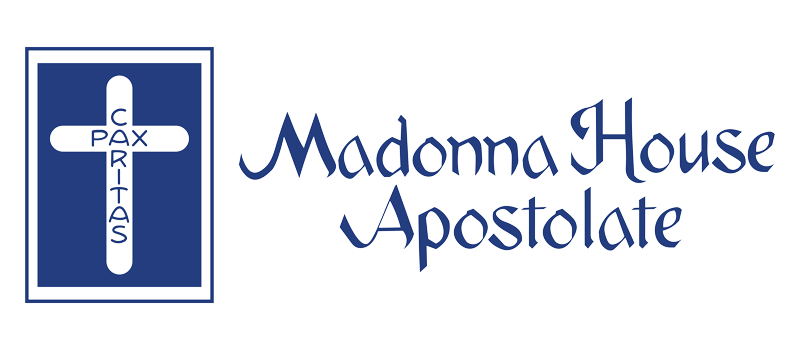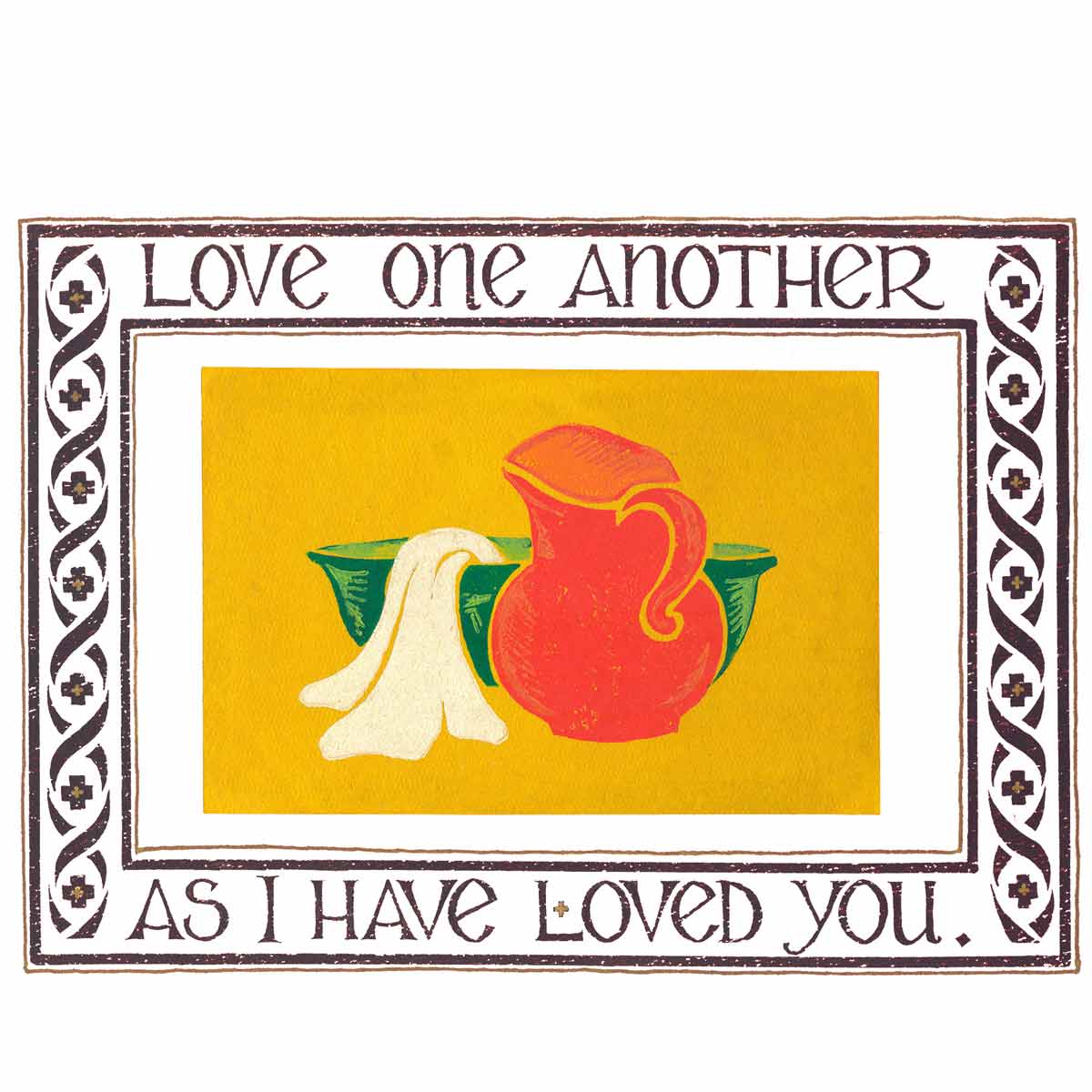This content has been archived. It may no longer be relevant
The last two months in this column I have been writing about the situation of the Church in the year 2019 and our many challenges.
I have looked to the words of Catherine Doherty on the Church to give us first, a vision of the Church and its beauty and grandeur, and second, a frank assessment of the failures and flaws not just of the hierarchy but of all of us, the baptized, to live up to that vision.
I have lingered especially over the vision because it is so important, in a time when so much ugliness has been brought to the light, that we who continue to have a Catholic faith recapture and contemplate at length that which God has made the Church to be, not what men in their sinfulness have made it to look like.
If we do not and cannot (will not?) see that beauty, we will never find the courage and resolve needed to rebuild and restore the Church as it must be, and as is our mission—every one of us—in this time.
So what does the Church need now? Lots of things. I’m not going to go into any details of policies, protocols, procedures to address the specific issues of sexual abuse, to do all we can to protect vulnerable people and quickly bring abusers to justice. All of that is both beyond my direct competence and my current grace of state.
Nor am I going to discuss various proposals being floated here and there about broader structural changes in the Church’s governance to provide better accountability and oversight of those in positions of leadership.
It’s not that these are not matters of great importance; they are. Too important, in fact, to be discussed in what is after all a relatively short Restoration article.
I want to express here, simply, again turning to Catherine’s words and example, what I believe is the heart of the matter, both what the central failing has been in the Church, and from that, what the central and essential work is, that needs doing for its restoration.
As it turns out, this central work is one that every baptized person can take part in, and in fact must do, for the Church’s healing.
First, Catherine, from a Christmas reflection in 1974 (emphasis added):
***
“He came, as we say usually, to save us. But you see, he came to save us through a community which he left for us…. I don’t know how many of you really think of the Church. Church, the community that Christ founded, of which he is the head. That is why it is and should be a community, because its head is God.
“He knew that he had to leave us something to follow in his footsteps, and he left us the Church, the community of lovers. Lovers who are believers. And he said to that community, Love one another as I have loved you (John 13:34). And when you look at the Church today, you just wonder!
“And so as you come to Christmas with all its beautiful tinsel and its joy which should be there, and the celebration which should be there for it is a feast beyond all celebrations, at the same time, truly stand before that Child—we have to—and go and ask him to give you a sense of the Church, the sense of the real community…
“The Church! The people of God! Do we really feel that we are the people of God? As such, we have failed almost as a whole, not quite. We have failed to do what God has left the Church to do. We have failed to love one another!
“And because of that, the name of Jesus Christ has not been heard the way it used to be. And when it has been heard, it has been given in a context that was far removed from a family, a community of love, and so it is rejected…
The only way that today we can bring the Church, the essence of the Church, the loving business of it, is on the platter of our heart. We have to take our heart and lay it on a platter and give it to another, figuratively speaking….
“We are ordinary laity, very ordinary, and yet we were brought together, and I think we were brought together to restore his Church, and the restoration of a Church begins within the heart of man….
“It is restoring the family, the community Christ came on earth to create, so that men should see his icon in us through love of one another…”
***
Well, that’s it, I think. Those readers who know Catherine well and know Madonna House well, know that this is a very Madonna House answer.
The Church must become what it is called to be—a community of love. Each member of the Church, wherever they are and in whatever vocation they are in, must come to see this as the principal mission statement of the Church, and of their own life in the Church, and in fact of their own life, period.
We are called to build up the community of love, so that the Gospel can be heard in our times.
Each diocese, each parish has to understand itself this way. Each little group in the parish—the choir, the finance committee, the Catholic Women’s League, the Knights (for readers outside Canada or North America, those are two of the main lay service groups in an average Canadian parish).
The youth group. The people who work for the parish in salaried positions—secretaries and housekeepers and so forth.
And of course, every family, above all. Each and all must—must—come to know that their first mission, their first responsibility as a group of Catholics, is to love one another, and from that to love everyone they are called to serve in their proper way.
It’s simple, I know. But not simplistic, and certainly not sentimental. Because of course, a community of love is not a matter of sitting around a campfire singing “Kumbaya”.
Love is not about having nice feelings about one another all the time. Who could manage that? Love is not about getting along all the time. Love is not “peace at any price and don’t rock the boat and let’s pretend we’re all best friends here.”
Love is, as Catherine said, serving your heart to the other person on a platter. Love is having your primary concern in any situation—how can I serve this person?
What does this person need that I can do for them? How am I expressing love for this person, as they are, right now? Ultimately, how can I die for this person, today?
Well, that’s hard. Yes, it is. But so is living in a Church that is falling apart, and that people are walking away from in large numbers, because (in the end) they have not experienced being loved there.
Or being one of those ones walking away, perhaps, and walking into a world with no Eucharist, no Confession, no place to go where we touch, directly and unmediated, the mercy and love of God in sacramental sign.
We have the choice of those two hard paths—the hard steep path of putting every resource we have, starting with the infinite grace of God given to us precisely for this purpose, into making the Church to be that place of love and welcome, tenderness and mercy, truth and freedom, it is meant to be.
Or we have the hard path of living in or out of a Church continually ravaged and brought to ruin by the sins, and worse, the mediocrity and lukewarmness, of its members.
It’s our choice, and it’s our mission—yours and mine, dear reader—no one else’s. We can put love where there is no love, and start to live, today, the kind of Church we would like to belong to. That, and only that, will begin the restoration and healing of our poor, yet still gloriously beautiful Catholic Church in the year 2019.
The End





